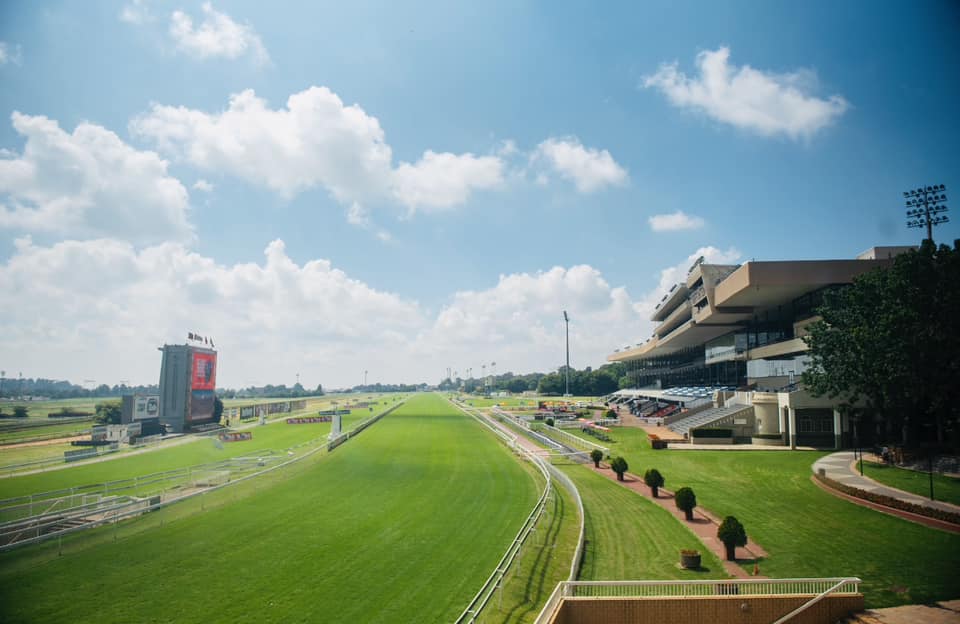In the USA, “Drugs in U.S. Racing – 2010, The Facts”, a report released the Association of Racing Commissioners International, underscored the RCI statement “With more rigorous standards than the Olympics, professional horse racing has the most aggressive drug testing program in professional sports, testing for more substances with greater sensitivity than anyone else.”
.
Citing an article printed in USA Today in May, the RCI report refuted the perception that illegal drugs are “Rampant, endemic, and widespread” in horse racing. Statistics on Lasix use were reported separately, and demonstrated that the number of violations was a microscopic 36 from 324,215 samples tested, or .0001%. The number of Lasix violations was down 33% since 2001. The report added, AEIPH [exercise induced pulmonary hemorrhage] is the only equine condition that has warranted an exception to permit a prophylactic treatment on race day with medication. It is wrong to equate the use of this medication to paint a picture that racing is “Drug ridden”.
.
However, it went on to say “The statistics in this report should not be interpreted to say that there are not challenges facing horse racing’s drug testing program.”
.
While lauding the efforts of the industry, particularly through initiatives such as the Racing Medication and Testing Consortium and the National
Thoroughbred Racing Association’s Safety and Integrity Alliance, it added These efforts do not mitigate the”need to ensure that racing commissions have adequate resources available to maintain an expansive and effective drug testing program that can evolve as scientific advances are made in both testing technology and equine care.”
.
Summary of RCI Report
• 324,215 biological samples taken from racing horses were submitted to testing labs in 2010
• Less than one half of one percent (.493%) of those tested samples were found to contain a substance not allowed by medication rules
• Of those, 94% were overages of legal therapeutic medications at concentrations in excess of permitted levels. These medications are used routinely in equine care by licensed veterinarians and cannot be equated with “horse doping”
• Only 47 of the over 320,000 samples tested in 2010 contained a Class 1 or Class 2 substance that could qualify as “horse doping”
• Possible “Horse doping” accounted for 0.015% of total samples tested. Such instances have remained rare for the past 10 years despite dramatic increases in testing sensitivity.
• Overall medication violations in 2010 were 20% less than 2001.
• The $35 million collective investment by the US state racing commissions on drug testing dwarfs the entire $26 million budget for the World Anti-Doping Agency.
.








